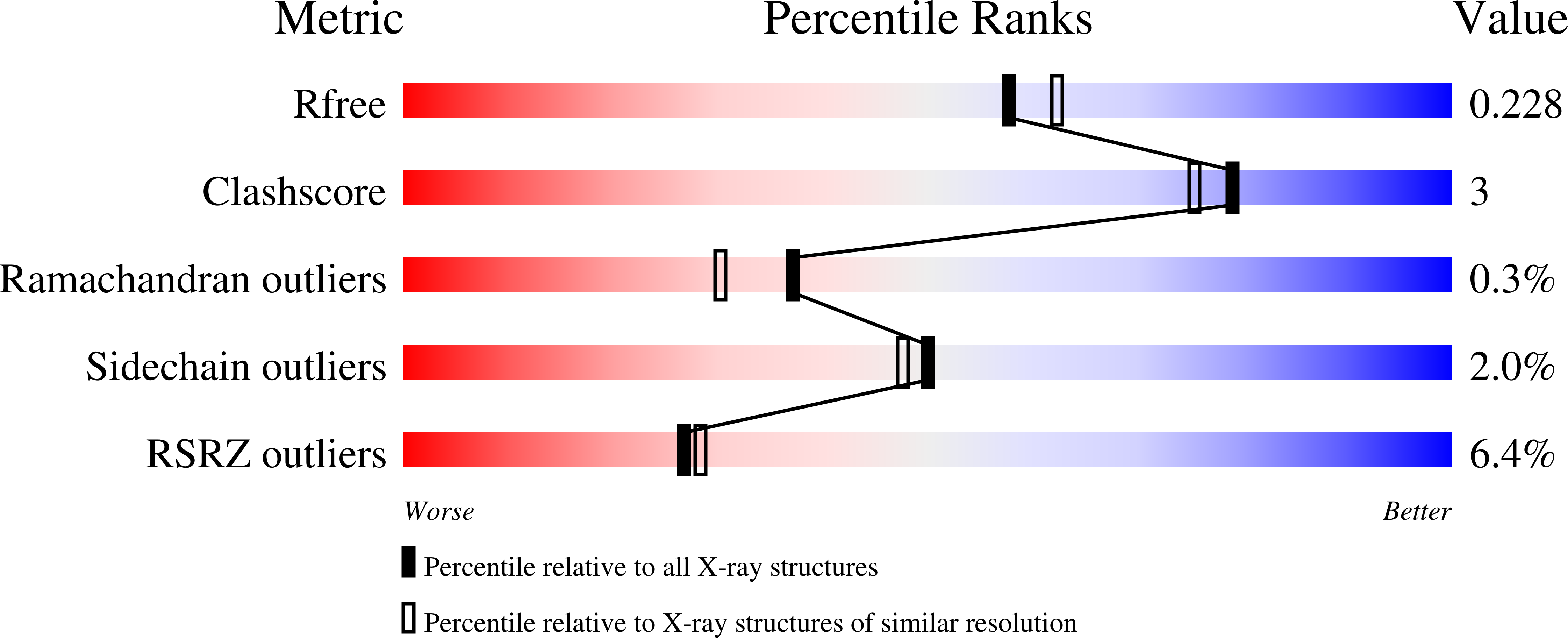
Deposition Date
2025-05-05
Release Date
2025-08-13
Last Version Date
2025-08-13
Entry Detail
PDB ID:
9R3O
Keywords:
Title:
Structure of liver pyruvate kinase in complex with fluorescent probe 4a
Biological Source:
Source Organism:
Homo sapiens (Taxon ID: 9606)
Host Organism:
Method Details:
Experimental Method:
Resolution:
2.05 Å
R-Value Free:
0.23
R-Value Work:
0.20
R-Value Observed:
0.20
Space Group:
C 1 2 1


